Peach Yellows Control - Identifying Peach Yellows Symptoms


Fresh fruit from their own trees is the dream of many a gardener as they cruise the aisles of the local nursery. Once that special tree is selected and planted, the waiting game begins. Patient gardeners know it can be many years before the fruits of their labor are realized, but no matter. After all that hard work, the appearance of peach yellows disease can be devastating-- instead of being rewarded for their patience, a disappointed gardener is left wondering how to treat peach yellows.
What is Peach Yellows?
Peach yellows is a disease caused by a microorganism called a phytoplasma-- this group of pathogens shares characteristics with both viruses and bacteria. It can affect any tree in the genus Prunus, including cherries, peaches, plums, and almonds, both wild and domestic. In fact, the wild plum is a common silent carrier of peach yellows disease. It is transmitted through infected tissues when grafting or budding and vectored by leafhoppers. Seeds can also contract this disease from infected mother plants. Peach yellows symptoms often start as trees that are just a little off, with new leaves emerging with a yellowish tint. The young leaves may also be misshapen, with a sickle-like appearance. In these early stages, just one or two branches may be symptomatic, but as peach yellows spreads, thin, upright shoots (known as witches' brooms) begin to emerge from branches. Fruits regularly ripen prematurely and have a bitter flavor.
Peach Yellows Control
Peach yellows control begins with culling out diseased plants. It can be hard to sacrifice your babies, but once peach yellows has infected a plant, it can't be cured. In a best case scenario, the tree may live another two to three years, but it will never bear proper fruit again and it will only serve as a source of peach yellows for uninfected trees. Leafhoppers are drawn to trees with aggressive flushes of growth, so go easy with the fertilizer when peach yellows disease is known to be in your area. When leafhoppers appear, spray them as quickly as possible with neem oil or insecticidal soap weekly until they are no longer observed. Conventional pesticides like imidacloprid or malathion are effective against these pests as well, but they will kill honeybees when applied during bloom.
Gardening tips, videos, info and more delivered right to your inbox!
Sign up for the Gardening Know How newsletter today and receive a free copy of our e-book "How to Grow Delicious Tomatoes".

Kristi Waterworth was a regular contributor to Gardening Know How for many years, answering countless queries on plant pests and diseases.
-
 Looking For Plants To Give You The Soft And Fuzzies? Try These 5 Fuzzy Leaf Plant Options
Looking For Plants To Give You The Soft And Fuzzies? Try These 5 Fuzzy Leaf Plant OptionsLovers of texture, drama, silver foliage and tactile plants will adore these special sensory garden additions. These fuzzy leaf plant options will leave you all aglow
By Susan Albert
-
 Get Ready For A Summer Of Hummers! Grow These Full Sun Hummingbird Plants and Flowers
Get Ready For A Summer Of Hummers! Grow These Full Sun Hummingbird Plants and FlowersIf you’re lucky enough to enjoy a sunny backyard, make sure you are maxing out on your pollinator opportunities and grow these full sun hummingbird plants and flowers
By Tonya Barnett
-
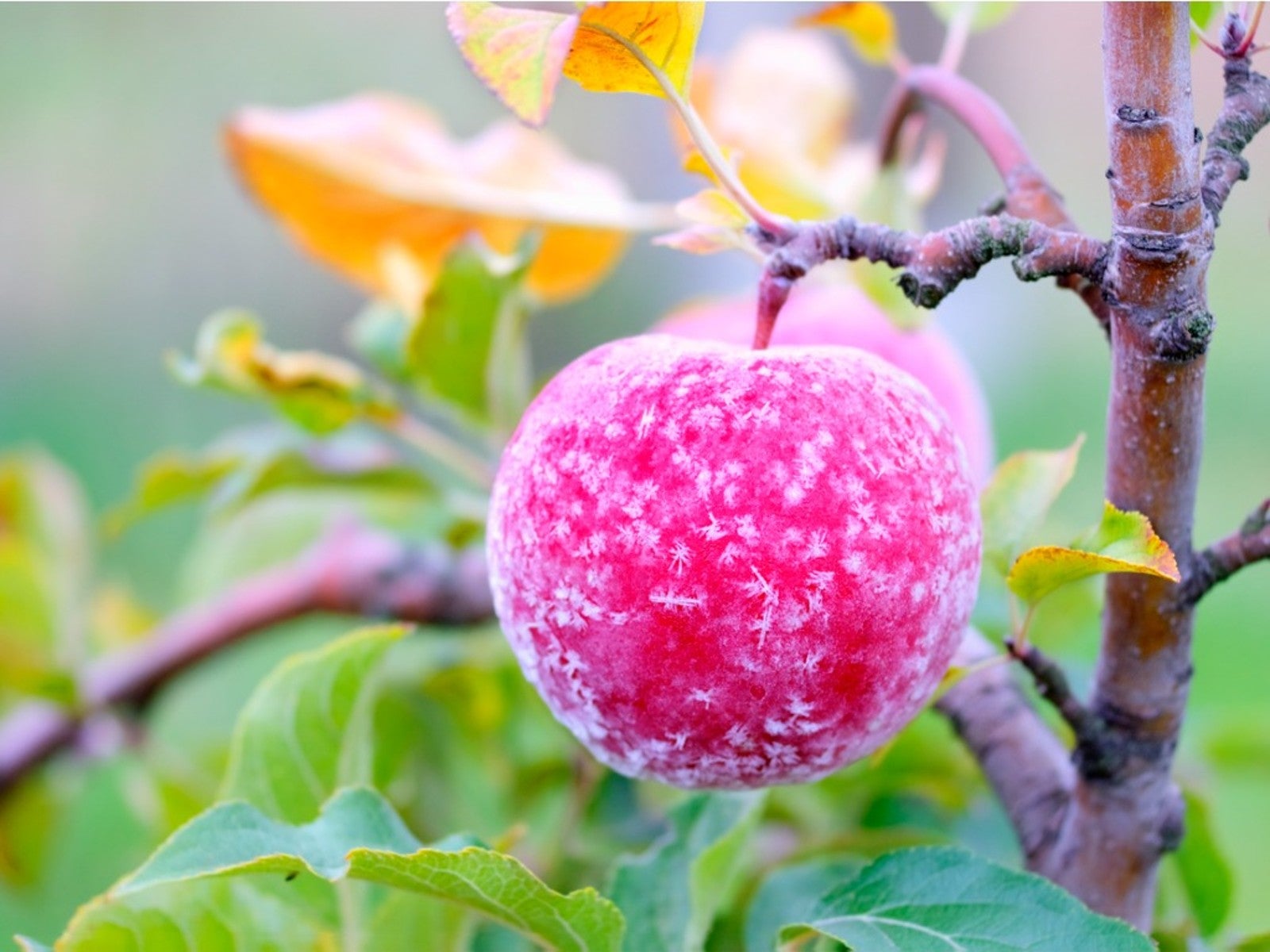 How To Protect Fruit Trees From Frost And Freeze
How To Protect Fruit Trees From Frost And FreezeChoosing fruit trees appropriate for your growing zone is best, but you still may need to protect them from extreme cold. Read how.
By Bonnie L. Grant
-
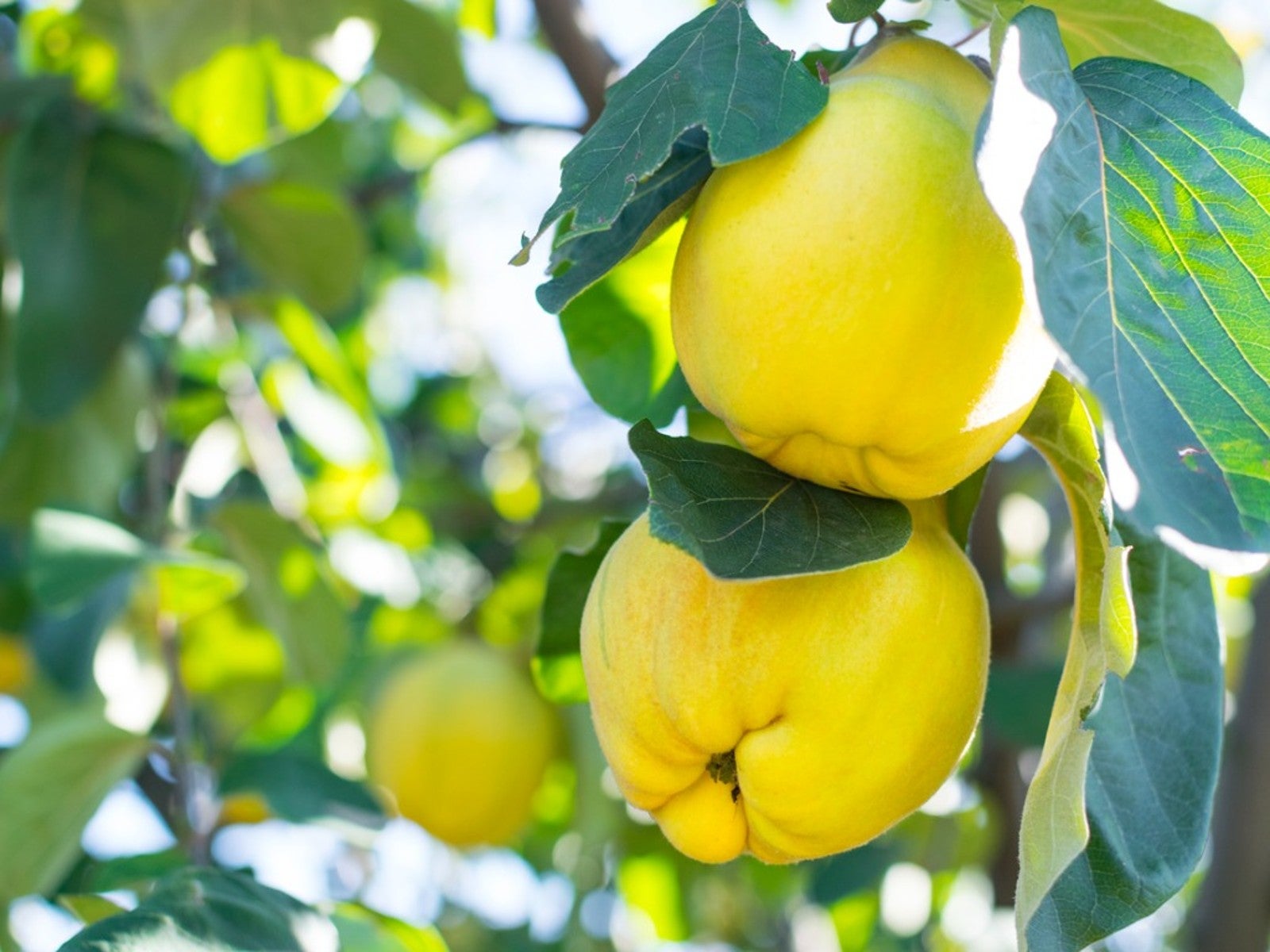 Best Plants For Late Summer and Fall Fruit Harvest
Best Plants For Late Summer and Fall Fruit HarvestEven if you don’t have the optimal conditions for more common fruit trees, there are other end of summer fruits to enjoy.
By Teo Spengler
-
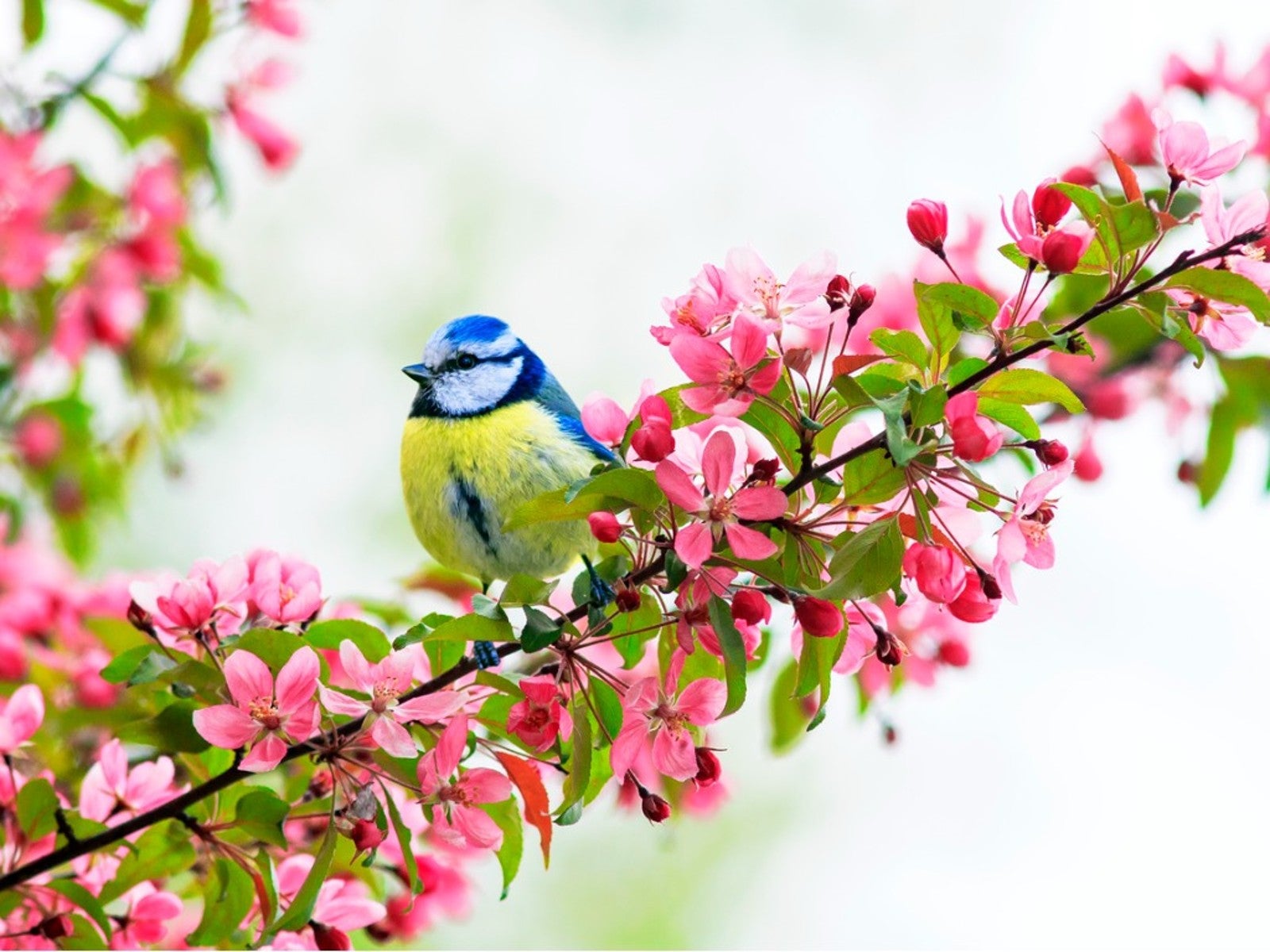 Best Native Fruit Trees To Support Wildlife
Best Native Fruit Trees To Support WildlifeIf you want trees that will attract and feed wildlife, learn the best kinds of edible fruit and nut trees to plant for inviting specific creatures.
By Teo Spengler
-
 Orange Fruit Varieties: Growing Fruits That Are Orange
Orange Fruit Varieties: Growing Fruits That Are OrangeOrange colored fruit isn’t limited to the citrus orange. There are plenty of other orange colored fruit varieties, each packing a healthful punch. Read on for more.
By Amy Grant
-
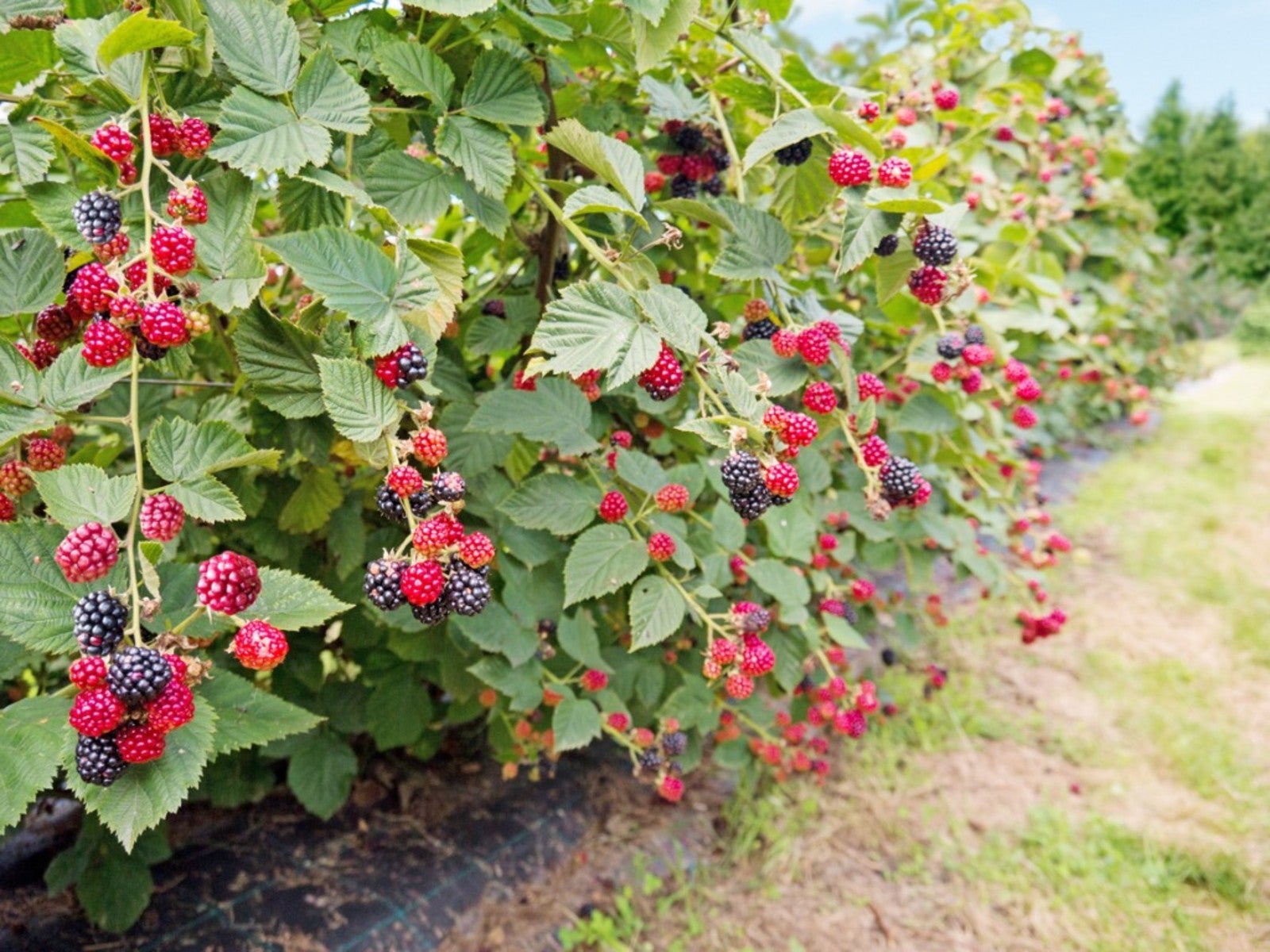 Everbearing Plants: Learn About Everbearing Varieties Of Fruit
Everbearing Plants: Learn About Everbearing Varieties Of FruitWhat does everbearing mean? And more importantly, how do everbearing varieties differ from non-everbearing types? Read on for more.
By Laura Miller
-
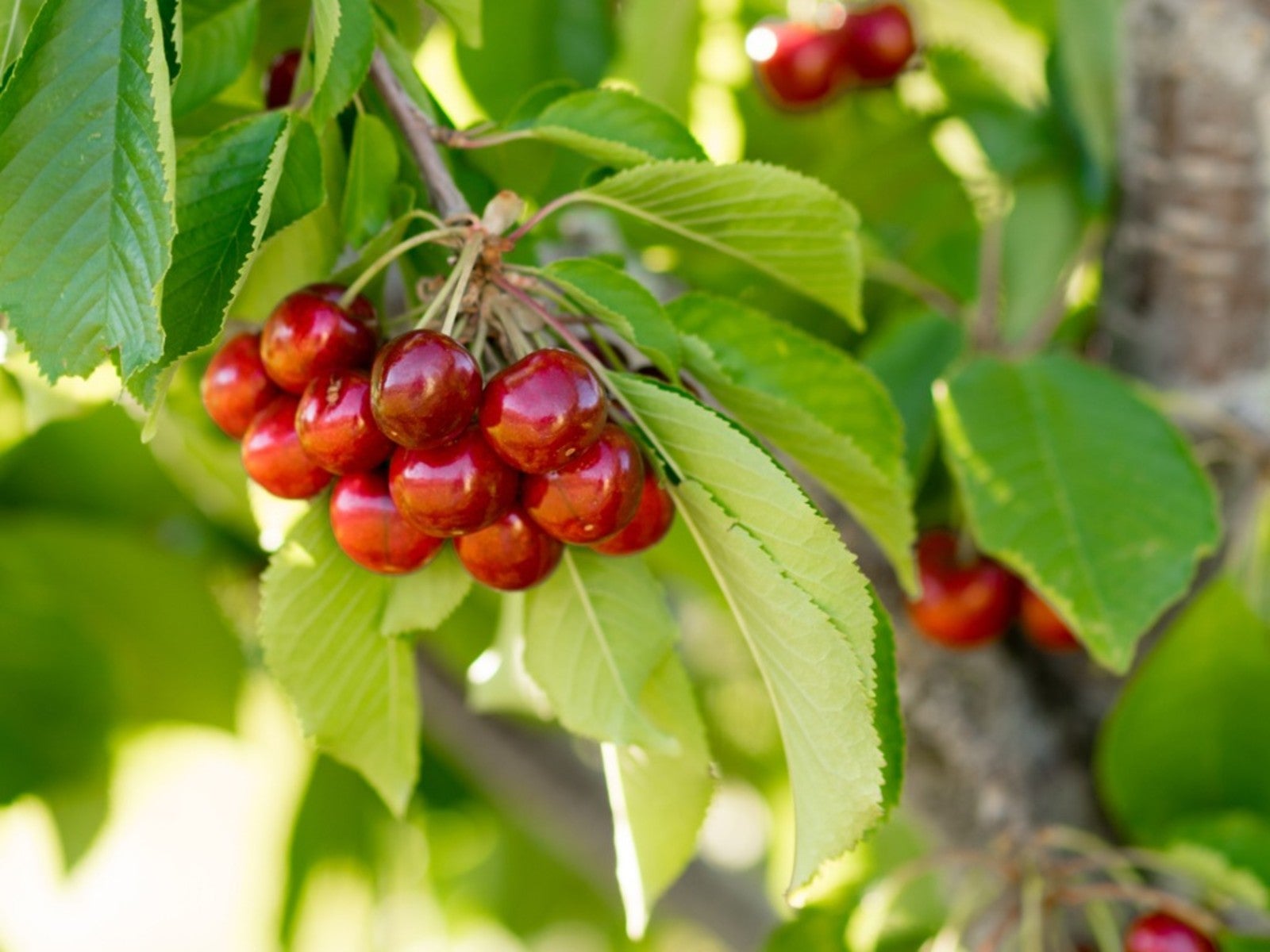 Plant A Red Fruit Garden: Growing Fruits With Red Flesh
Plant A Red Fruit Garden: Growing Fruits With Red FleshPlanting a red fruit garden may seem a bit whimsical. That is, until you realize the health benefits of consuming fruits with red flesh.
By Laura Miller
-
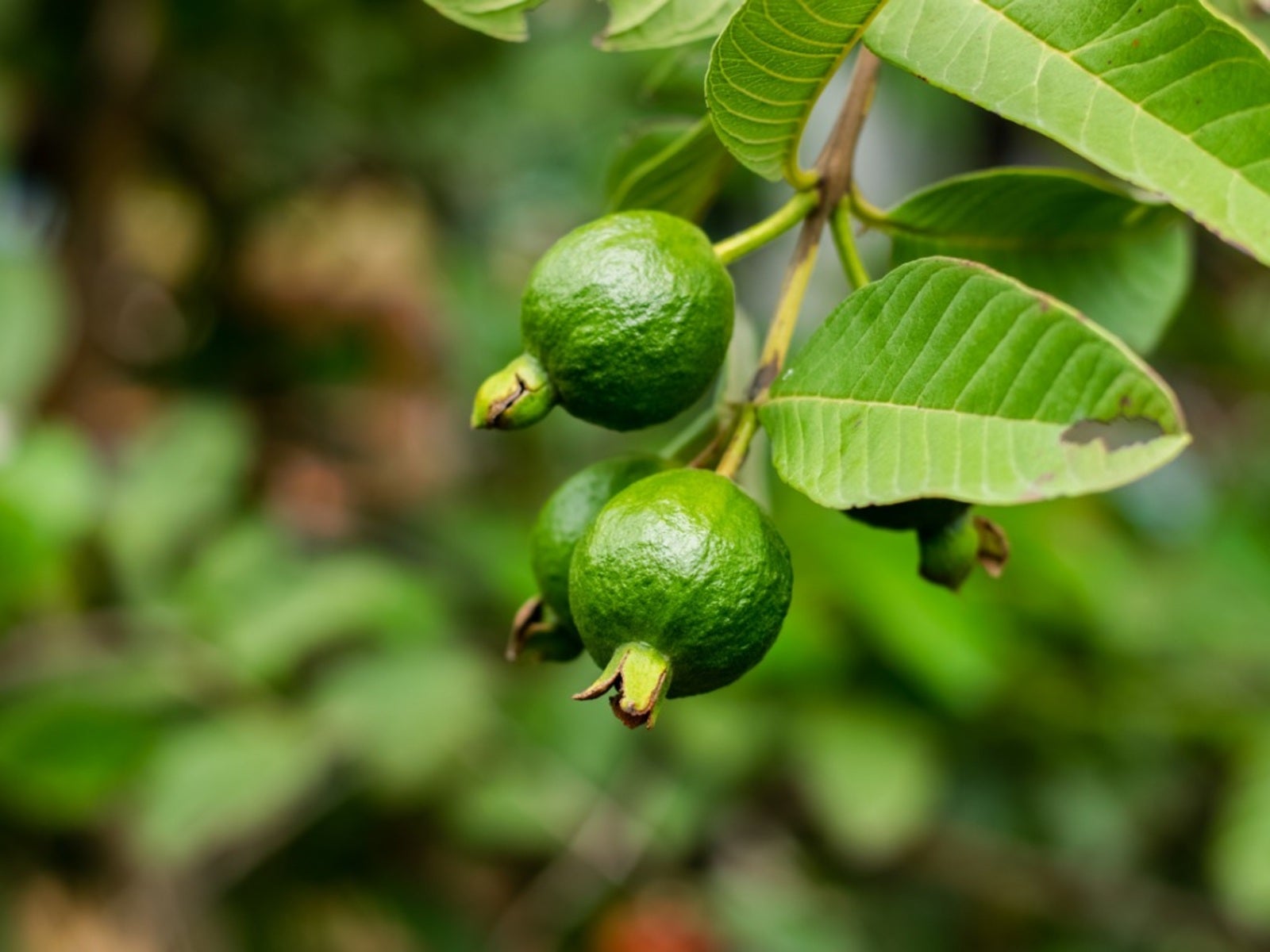 Heat Tolerant Fruits - Growing Fruit In Hot Weather
Heat Tolerant Fruits - Growing Fruit In Hot WeatherSome fruit grows in extreme heat naturally. But there are also specially cultivated, heat-tolerant varieties. For more information on heat tolerant fruits, read on.
By Teo Spengler
-
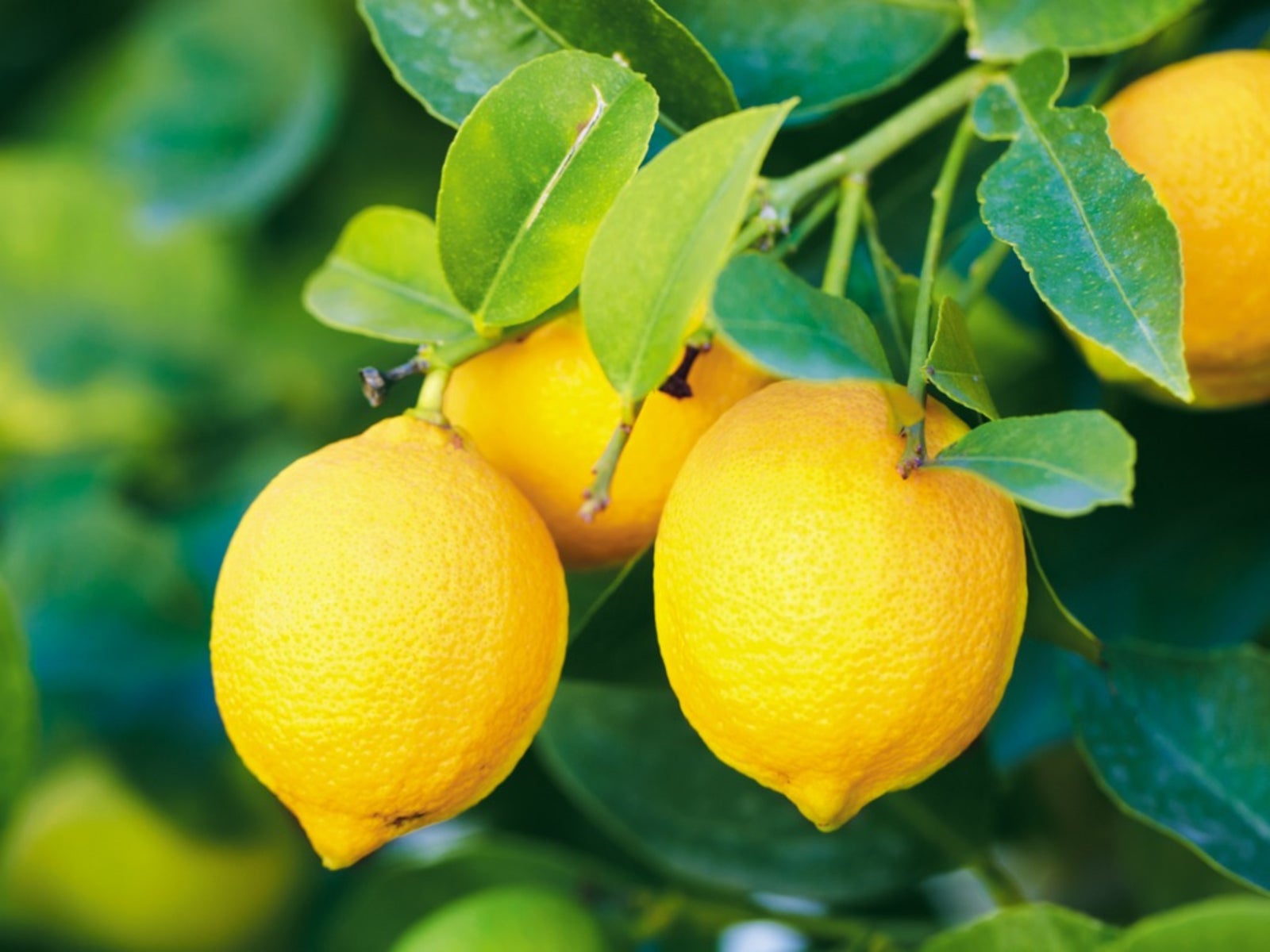 Yellow Fruit Varieties - Growing Fruit That Is Yellow
Yellow Fruit Varieties - Growing Fruit That Is YellowWhat fruit is yellow? There's more than the bananas at the supermarket. Try growing yellow fruit for a consistent supply of sunny food.
By Bonnie L. Grant